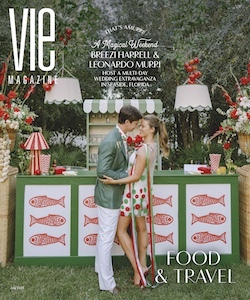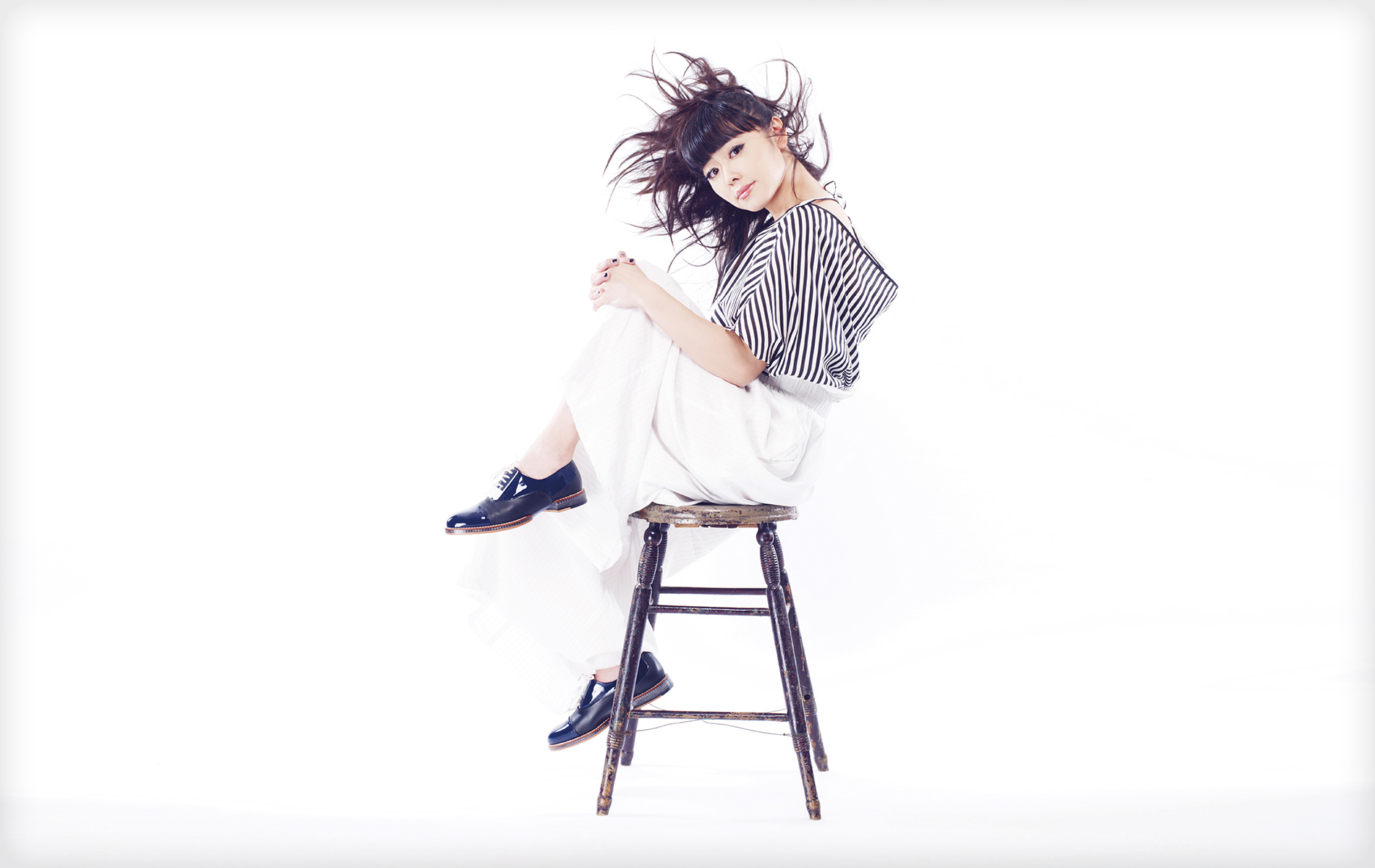
vie-magazine-hiromi-uehara-pianist-hero
No Strings Attached
The New Jazz Pianist
By Chad Thurman | Photography by Muga Miyahara
[intro_paragraph]In the packed, dimly lit Bailey Hall, on an early spring night at Broward College near Fort Lauderdale, Florida, what is arguably the only original American art form—jazz—steadily marched on to the beat of its own evolutionary rhythm.[/intro_paragraph]
The three musicians on the stage were a few songs into their first set. The drummer’s pulse wove through the fabric of the moment as the contrabass guitarist produced waves of sound that permeated one’s very being. Their synchronous vibrations locked with the ebullient pianist’s, and it was clear she had the collective focus of the audience. Hiromi Uehara, known simply as Hiromi, had risen from her bench and was standing at the concert grand piano, her arms seeming to attack the keys with precision and finesse.
A tsunami of sound gathered the attention of the band and the audience for a purpose; the pianist had the next moments in mind, and only she knew what was about to happen.
With the band and the listeners in joyous lockstep, Hiromi led the music diminuendo and ritardando, slowing to the culmination of notes—and the resulting fervor of the applause. It was then that she walked to the front of the stage with a microphone. As the audience quieted, the pixie-like pianist announced with a giggle that she had broken a string on her piano. It was her second one that day. “The first one was during rehearsal,” she says, laughing with the audience. “It’s an old piano. So, we’ll need a few moments to fix it. Where’s the piano doctor?”
It was then that the audience knew they loved this person.
Born in Hamamatsu, Shizuoka, Japan, Hiromi began playing the piano at age six on an upright that her family had originally purchased for her brother. In time, he found other interests, and it was Hiromi’s turn. Her mother took her to her first piano lesson, and she fell instantly in love with the instrument and music.
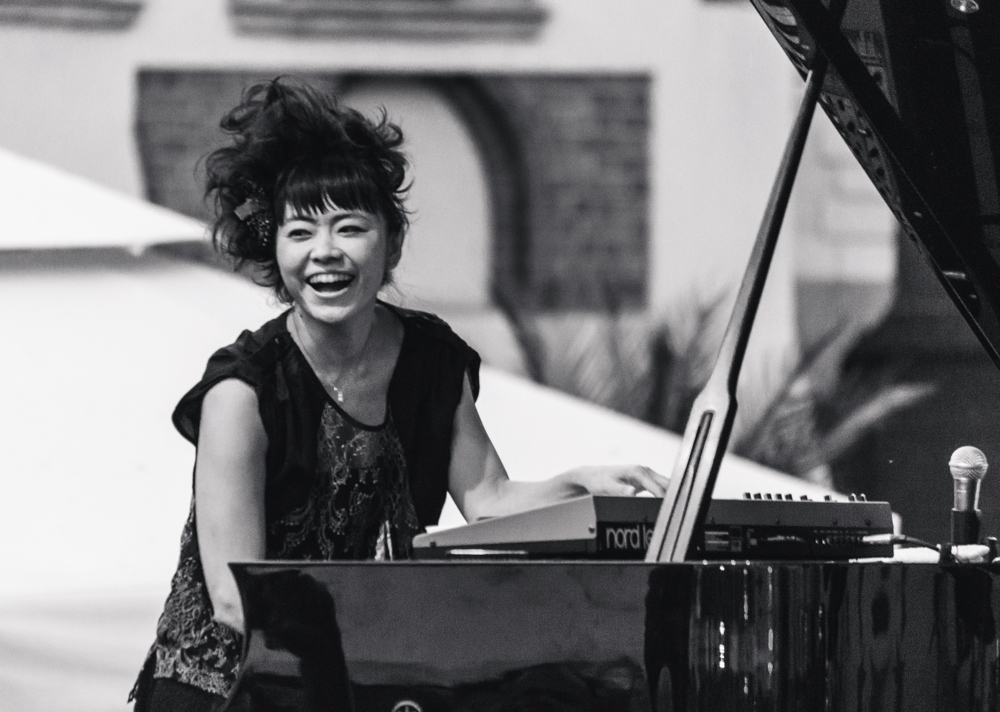
Today, at the ripe young age of thirty-seven, Hiromi has ten albums to her credit as an artistic leader. Her latest sonic offering, Spark (released on April 1, 2016), is a trio project featuring Anthony Jackson on contrabass guitar and Simon Phillips on drums. The album release was accompanied by a robust world tour, with the Trio Project performing on a near-nightly basis in cities across five continents.
Even now, with her well-assured and duly earned status as a living jazz legend, this gifted yet modest artist openly expresses her warmth and earnest admiration toward her first piano teacher, Noriko Hikida.
[double_column_left]“I loved my teacher, whom I studied with for twelve years,” Hiromi says. “She was very unique. For small children, it’s hard to understand all of the musical jargon, the musical expressions, the specialized signs. Many of these are Italian words.” When the sheet music didn’t “talk” to her student during classical lessons, Hikida began to color the sheet music with color pencils. “So instead of, say, espressivo, she would color it with red,” Hiromi explains, “and when I had to play more melancholic, she would color it with blue. Sometimes when the music would say cantabile—like when you have to really sing it—she would draw a singing face. I could always see things visually because of learning with her, and I still do see colors and a lot of visual images when I play.”
[/double_column_left] [double_column_right][/double_column_right]So instead of, say, espressivo, she would color it with red, and when I had to play more melancholic, she would color it with blue. Sometimes when the music would say cantabile—like when you have to really sing it—she would draw a singing face.
According to Hiromi, Hikida was a huge fan of jazz music. She sent the young pianist home with jazz LPs when she was eight. The first two jazz albums Hiromi says she was introduced to were Erroll Garner’s 1955 release, Concert by the Sea, and Oscar Peterson’s 1964 release, We Get Requests. She credits her teacher with showing her how to improvise and to play what she feels in the moment. Listening to these albums was her first experience with what was to become her preferred style of communication.
“For me, playing music—especially improvising—is like conversation,” Hiromi says. “First you have to build up your vocabulary, then your phrasing; it’s like speaking a new language. Of course, when you are first introduced to music you are, in a sense, a baby, because you have no words equipped within you. Then you start listening to all of these great jazz giants, and you are trying to copy what you hear and play it back. Just like babies learn how to speak.”
There comes a point in the process of learning language when you stop learning repetition and begin forming your own words and voice. Hiromi says music follows this pattern as well. “As this develops, the more you choose and pick how you want to have a conversation—which words you use, which words you feel comfortable using, and which words you feel strongly connected to,” she explains. “I think this is exactly how learning to improvise music is; it’s very similar.”
When Hiromi plays music, she says that she has a visual image in her brain that is locked into every piece she creates. “Whenever I see beauty, it makes me want to write more,” she says. The inspiration may come from anywhere. “Any kind of conversation, landscapes, movies, sporting events—anything that moves me. Some things you just can’t force. When there is a fate to be met, it will happen.”
Hiromi first came to the United States in 1999 to attend Berklee College of Music in Boston, Massachusetts. The young pianist had never been to a formal music school before, and unexpectedly found herself surrounded by the many talented musicians that attended the prestigious conservatories in her newfound neighborhood of Back Bay.
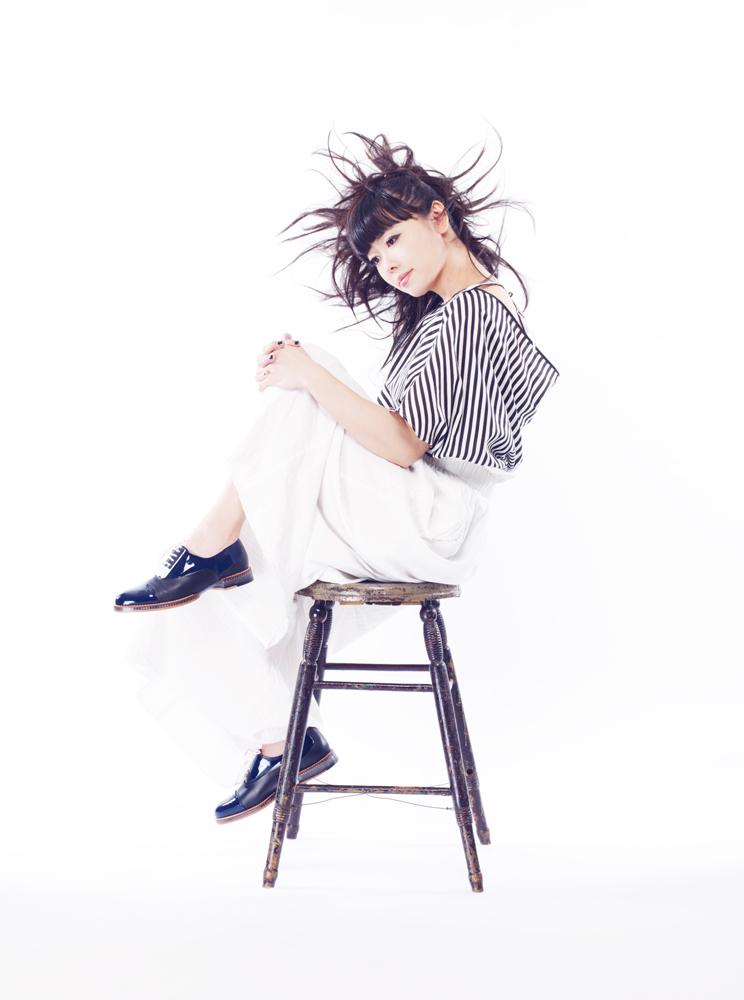
Photo by Muga Miyahara
It was fascinating because I always knew that there were millions of musicians in the world, but to see that many of them in one area really excited me.
“Basically everybody in that area is a musician,” she recalls. “Whenever you are walking down the street, going to the post office or the laundry, you are seeing musicians—people carrying cellos, trumpets, guitars. It was fascinating because I always knew that there were millions of musicians in the world, but to see that many of them in one area really excited me.”
What amazed her about the United States more than the multitude of musicians was the multicultural diversity of the people she met.
“There were people from everywhere, and this was so inspiring to me,” Hiromi says. “In Japan, most of the people are Japanese. Of course, we Japanese have differences in personality, but we have this kind of cultural unity somehow. It was my very first encounter with this kind of society, and it was a shock because nobody bowed! Everybody shakes hands or hugs, and some people give kisses on the cheek—everybody has a different way of greeting. When a greeting can be different, everything else can be different, including how you think, so it was like really seeing the world.”
Though Hiromi seemingly never plays a misplaced note as her fingers move across the keys like ten dancers who have known each other since birth, she does this at most times with her eyes closed. “I always liked the color black because it makes me focus,” she explains. “Closing my eyes is the beginning of the story. It is like a movie theater when you first go in; it’s so dark, and that’s where the story begins. That’s how I always feel when I perform. You’re in the theater, and the moment that the music starts is always like the first page of the book, the start of the movie. It’s like the key to the new world—an excitement that you’re about to enjoy.”
Though Hiromi seemingly never plays a misplaced note as her fingers move across the keys like ten dancers who have known each other since birth, she does this at most times with her eyes closed.
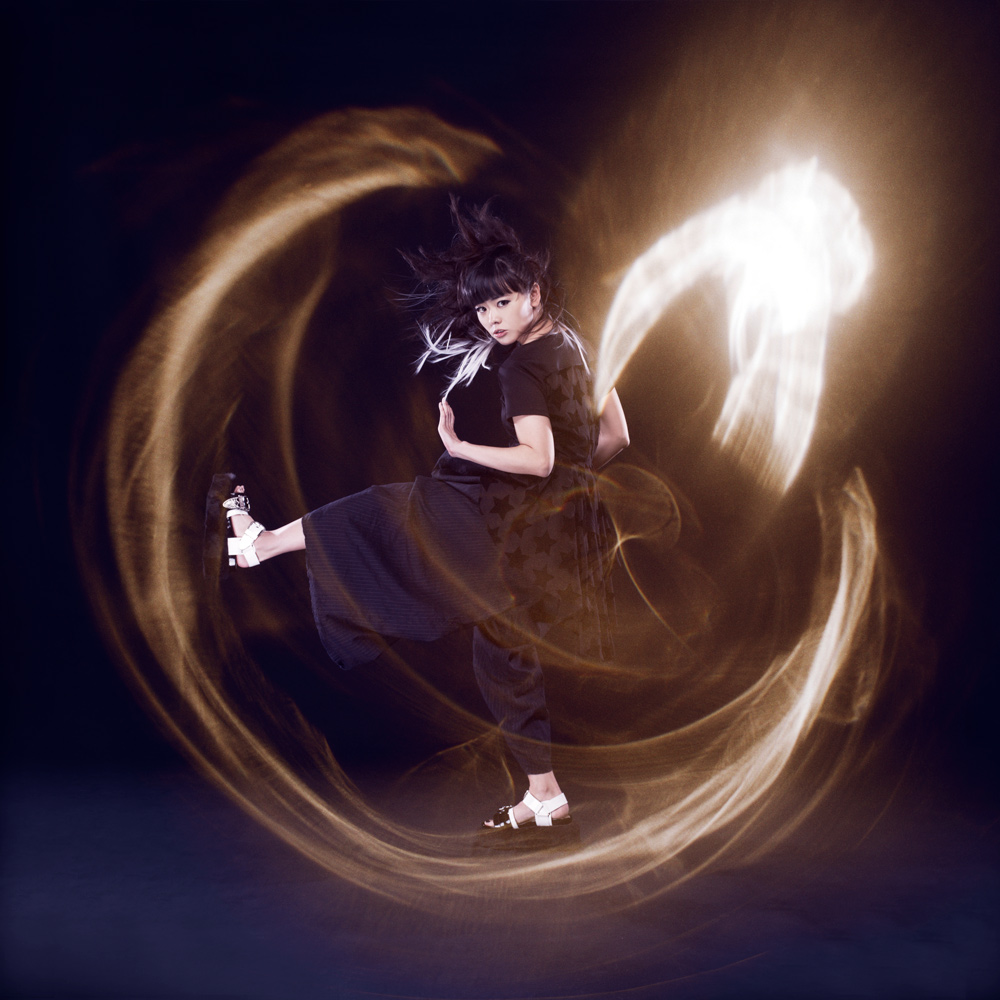
Photo by Muga Miyahara
Hiromi lives to perform music and she will tell you, though most likely in a way unlike you’ve ever heard any musician put it: “I have a once-in-a-lifetime type of day, every day—especially with these concerts. It’s like you’re the captain of a big boat, and all of your audience is on board. They trust you. They trust that you, the captain, will show them the new world and give them a good time. I feel that I am responsible, and I think it’s amazing that people decide to share the precious hours of their lives to come to the show.”
Playing in different cities each night, all across the globe, makes Hiromi and the Trio Project’s performances truly once in a lifetime. She has loyal fans who may attend more than one concert, of course, but she loves that no two audiences are ever exactly the same. “You never sit next to the same people; you know that one row will never happen again,” she says. “We share our destiny together for that ninety minutes or two hours—we share our life, very precious hours of our life. I want to be in my best condition, and I want to give everything I have because that’s what I’ve always dreamed of. Nothing fulfills me more than that. I feel so happy when we can have an exciting ride together, and I see that the audience is fulfilled because they decided to come. You know, maybe some people didn’t want to come; maybe they just came because their friend insisted. You never know why they are there, but we’re on the same fate—we’re on the same boat! As their captain, I am responsible.”
— V —
For more information about Hiromi, her music, and her tour schedule, visit her website at www.hiromimusic.com.
Share This Story!
KEEP UP WITH THE LATEST STORIES FROM VIE



